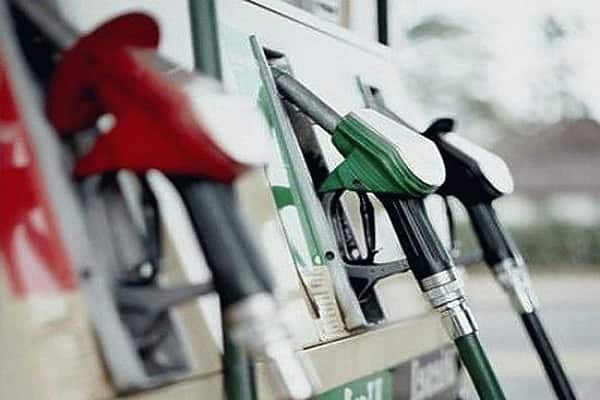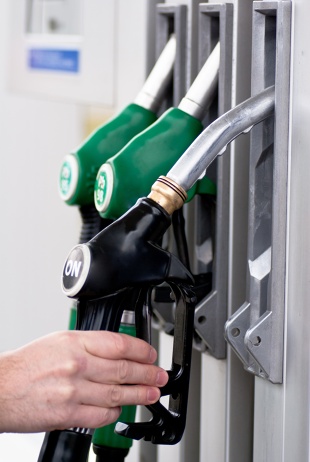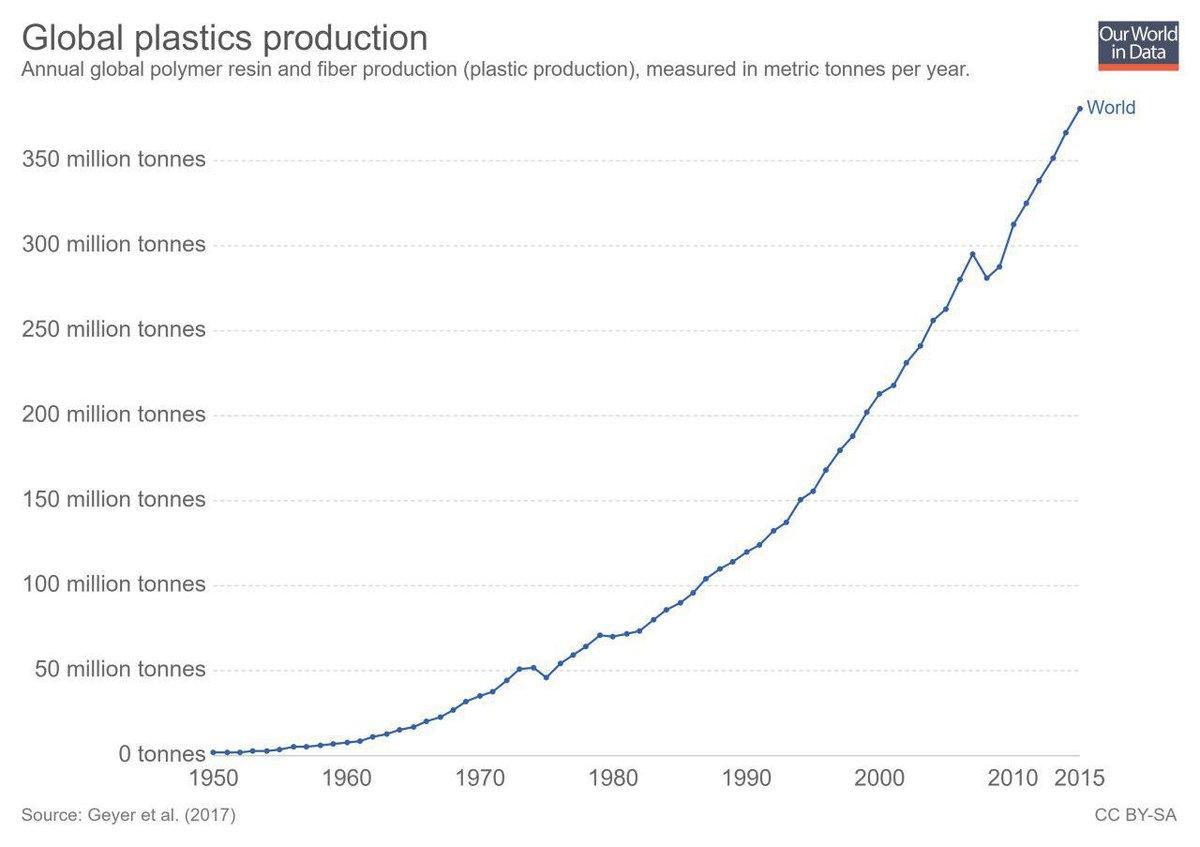
Did you put in the wrong gas? Check out what's next
 It happens that the driver mistakenly uses the wrong fuel. This is due to serious consequences, often preventing further travel. What can be done to minimize the consequences of filling the tank with the wrong fuel?
It happens that the driver mistakenly uses the wrong fuel. This is due to serious consequences, often preventing further travel. What can be done to minimize the consequences of filling the tank with the wrong fuel?

One of the most common mistakes made by drivers when refueling is to fill the tank of a diesel car with gasoline. To reduce the risk of such situations, car manufacturers design filler necks of different diameters. In many cases, the filler neck of a diesel vehicle is wider than that of a gasoline vehicle.
Unfortunately, this rule only applies to new car models. Gas stations also come to the aid of drivers, and at many of them the ends of the distributor hoses have different diameters (the diameter of a diesel gun is wider than that of a car's fuel filler neck). As a rule, diesel and gasoline pistols also differ in the color of the plastic cover - in the first case it is black, and in the second it is green.
Have you confused gasoline with diesel fuel and vice versa? Don't light up
When an error occurs, it all depends on the amount of incorrect fuel and whether we poured gasoline into diesel or vice versa. In the first case, the engine must withstand a small amount of gasoline, especially when it comes to older models. A small amount of fuel is no more than 5 percent. tank capacity. The situation is somewhat different in new generation cars with Common Rail systems or pump injectors - here you will have to call for professional help, because driving on the wrong fuel can lead to serious damage, for example, jamming of the injection pump.
“In such a situation, if the engine runs for a long time, it can lead to the need for expensive repairs to the injection system,” says Artur Zavorsky, Starter's technical specialist. – Remember that if you refuel with a large amount of unsuitable fuel, you should not start the engine. In such a situation, the safest solution is to pump out the entire contents of the tank. Also flush the fuel tank and replace the fuel filter.
But this is a job for a professional. Any attempt to empty the fuel tank on your own is risky and can be more expensive than taking the car to a professional. Incorrect fueling can damage, for example, the fuel level sensor or even the fuel pump itself.
– If we are not sure whether starting the car will cause more damage, it is worth seeking help from a specialist. This is where it comes to the rescue - if the engine does not start and there is a possibility that unsuitable fuel can be immediately removed, a mobile garage is sent to the place of communication. As a result, immediate diagnosis and assistance is possible. If there is no other way out, then the car is towed away and the bad fuel is pumped out only in the workshop,” says Jacek Poblocki, Director of Marketing and Development at Starter.
Gasoline vs diesel
What if we put diesel fuel in a car with gasoline? Here, too, the procedure depends on the amount of incorrect fuel. If the driver did not fill in a lot of diesel fuel and did not start the engine, most likely everything will be fine, especially if the car is equipped with a carburetor, which is now a rare solution.
Then it should be sufficient to flush the fuel system and replace the filter. The situation changes if the driver starts the engine. In this case, it must be towed to a workshop where the system will be thoroughly cleaned of unsuitable fuel.

